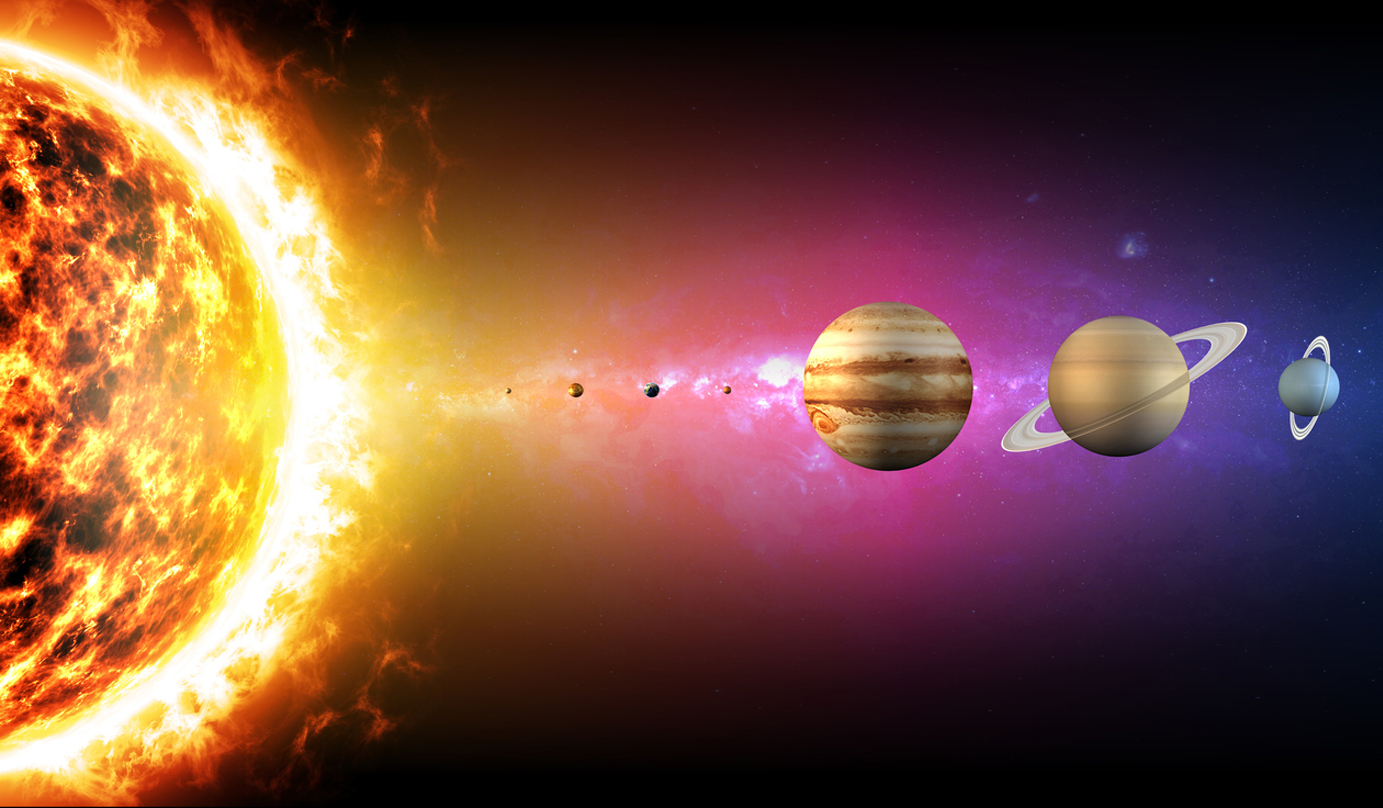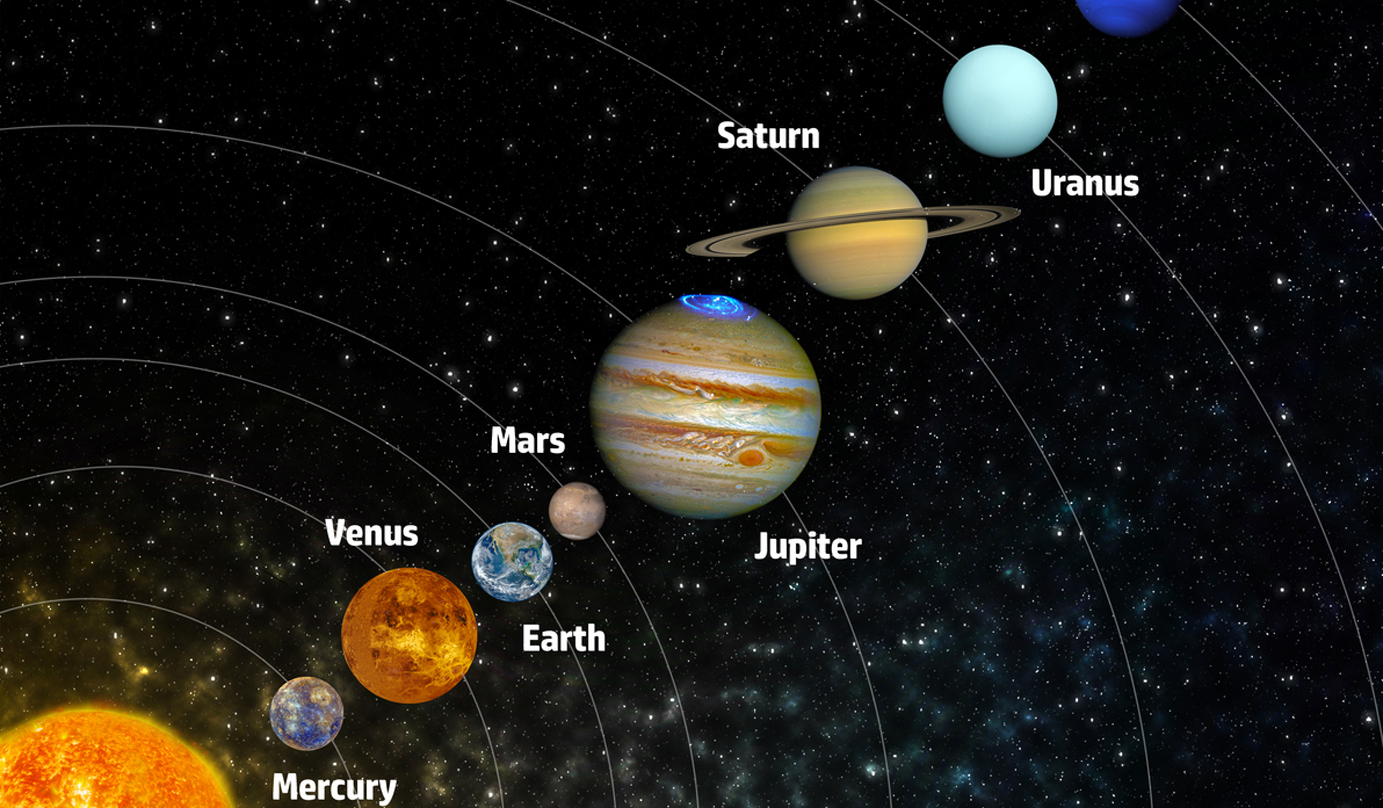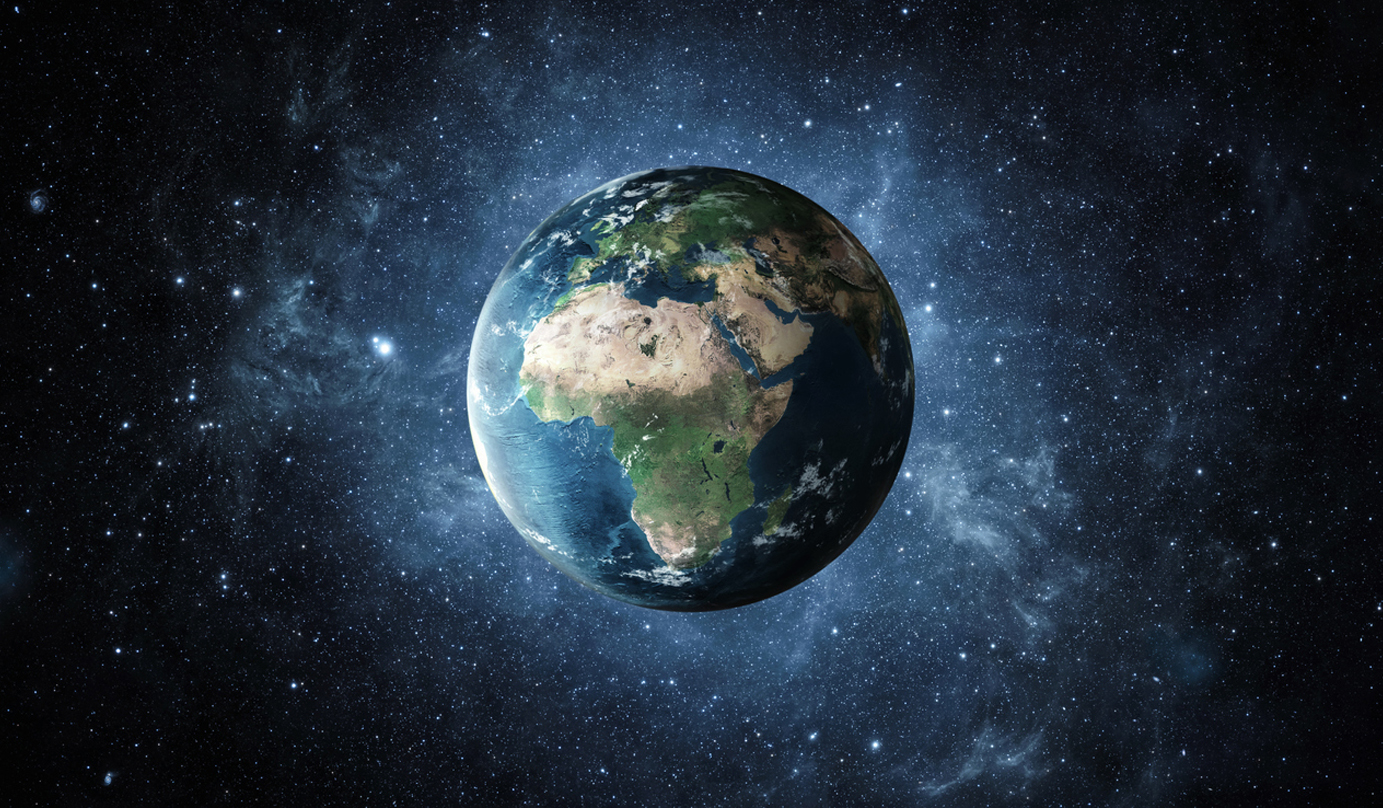
Since the beginning of time humans have looked to the skies for inspiration and answers. Stargazing has been a part of various cultures over the course of human history. The Polynesians used the constellations to guide them on their voyages to new lands. We've even used astrology to help us make decisions in our lives hoping that the power of the stars can influence us from their vantage point.

Space has always held a fascination for humans, and we've used that curiosity to explore the universe. Over the centuries humans have made a variety of discoveries about space. One of those discoveries was related to Earth being part of a larger planetary system.

A planetary system is a group of planets orbiting around a star. We live in one named the solar system. Solis is the Latin word for sun and Sol is what we call our sun. This is where the name, “solar system” comes from.

Our solar system was formed 4.6 billion years ago when a giant interstellar cloud collapsed. It consists of the Sun and all the objects that are within its gravitational pull. We have identified eight planets, various dwarf planets, hundreds of moons, thousands of comets, and millions of asteroids and meteoroids within our solar system.

Our solar system is part of the Milky Way galaxy and is the only one called a solar system. Within the Milky Way galaxy there is estimated to be possibly 1000 other planetary systems like our solar system. There could be billions or hundreds of billions throughout the whole universe!

Part of the knowledge that we've acquired about the universe comes from those who study cosmology. This is the branch of astronomy that focuses on the origin of the universe, as well as its evolution.

Astronomers are scientists that study celestial objects, for example, the Sun, Earth, or the solar system. Cosmologists, on the other hand, study how these bodies came to be and how they've evolved.

Within our solar system there are eight identified planets. The four closest to the Sun are called the terrestrial planets and are made of mostly rock and metal. Mercury, Venus, Earth, and Mars make up the terrestrial planets.

The four outermost planets are called the gas giants as they are composed mostly of gas. Neptune, Uranus, Saturn, and Jupiter are the four gas giants.

Earth may seem large to us but in our solar system it is somewhere in the middle in terms of size. The four outer planets are markedly larger than the four terrestrial planets.

Jupiter is the largest planet and is roughly 11 times the size of Earth. In our solar system though, the Sun is the largest celestial object at 9 times the size of Jupiter!

The four gas giants, Jupiter, Saturn, Uranus, and Neptune, all have rings that surround them. Saturn has the most rings and the most visible. These rings are made mostly of particles of water ice that swirl around Saturn giving it an ethereal quality.

Mercury is the planet closest to the sun and it is also the smallest of the planets in our solar system. It's slightly larger than the Earth's moon. Mercury has extreme temperature fluctuations as there is no atmosphere to keep its temperature constant. During the day the sun scorches Mercury's surface heating it to 430°C and at night the temperature drops to -180°C.

Venus is even hotter than Mercury reaching temperatures as high as 472°C even though it is further from the Sun than Mercury. Venus has a very thick atmosphere which keeps heat trapped acting like a layer of insulation.

Uranus is the seventh planet from the Sun and also the coldest. Temperatures drop as low as -224°C there. The furthest planet from the Sun is Neptune which also reaches very low temperatures of -214°C.

The planets rotate at different rates causing a day to be different lengths depending on where you are. Jupiter has the shortest day rotating once every 9 hours 55 minutes. Venus takes 243 days to make one rotation around the Sun.

With so many incredible facts it is impossible to imagine what we will find next. What discoveries do you think will occur during your lifetime?